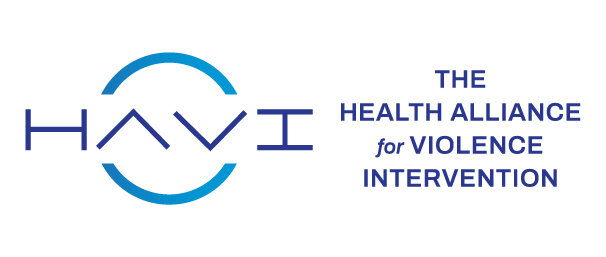What is Community Violence?
Community violence is “violence between individuals who are unrelated, and who may or may not know each other, generally taking place outside the home,” as the World Health Organization defines it. This can include fights among groups, shootings on streets or at schools, and cycles of violent conflict in neighborhoods. Injuries from community violence can include gunshot wounds, stabbing wounds, and physical assault.
Source: World Health Organization, Violence Prevention Alliance
Homicide and nonfatal injury are among the most pervasive and damaging types of community violence, and in recent years this problem has increased. In 2020, 22,000 Americans died from homicide, a 30 percent increase over the previous year, and in 2021 that number was 22,900, another 4.3 percent increase. Homicide of all kinds, including gun homicide, is concentrated in cities and particularly within racially segregated, economically disadvantaged neighborhoods, where it is the leading cause of death for young Black men and the second leading cause of death for young Latino men. These figures do not account for nonfatal violent injuries, which are over 100 times more frequent than homicide. In 2020, hospitals across the country treated nearly 1.4 million incidents of violent assault.
Community violence is a devastating result of systemic racism. In communities that are historically marginalized, over-policed, and lack protection by the state, some community members may use violence as a form of self-protection. Community violence disproportionately impacts young men of color and in turn perpetuates existing patterns of racial and ethnic disparity.
The Costs of Violence in Communities
Beyond its effects on victims and their communities, homicide and violent injury present a tremendous cost burden to taxpayers, the health care system, and society at large. Homicide accounts for $280 billion in costs to taxpayers, survivors, families, employers, and communities. The average cost of medical care for an incident of nonfatal violent injury that requires hospitalization is approximately $29,200. In 2020, homicide was responsible for 24,576 deaths, translating to 771,608 potential life years lost. Nonfatal violent injuries outnumber fatal injuries by a ratio of more than 100-to-1, representing additional social and economic costs. These figures do not account for justice-system-related costs associated with violence or social costs to injured people, their families, and their communities.
Repeating the Cycles of Violence
Violent victimization is considered a recurrent public health problem, and many victims of community violence suffer from repeat victimization. In urban settings, researchers estimate that up to 41 percent of patients treated for violent injury are reinjured within five years. A survey of victims of violence found that 20 percent of patients had died by the time of a five-year follow-up contact. This “revolving door” phenomenon of violent victimization is well-documented in the medical literature and has posed major challenges for those in the health care and victim services professions. Victims of violence face not only physical injuries but psychological and emotional disturbances associated with post-traumatic stress disorder (PTSD), depression, and substance use disorder. An estimated 28 to 45 percent of victims of crime suffer from PTSD, a condition that can cause lasting physical and mental health challenges including fear, hypervigilance, and emotional detachment. Being the victim of violence also increases the likelihood of engaging in violent behaviors against others.
Addressing Community Violence Starts in the Community
Source: www.cviecosystem.org
Because community violence is a public health problem, it demands health care approaches to victim services. Hospitals stand on the front lines of the violence epidemic, and many across the nation have embraced innovative approaches that treat more than patients’ physical injuries. Hospital-based violence intervention programs (HVIPs) have emerged as a leading public health response to community violence. Recognizing that hospitals are essential community resources for violence reduction, these programs combine the efforts of medical staff and community-based service providers to intervene with victims of violence in hospital settings, connect them with community-based victim services, and reduce future victimization and violent behaviors.



